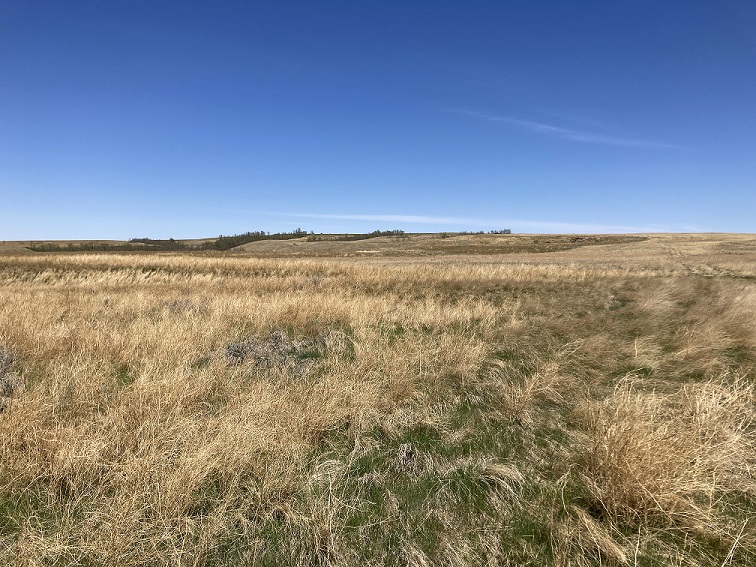The Crop Report for the period July 6-12 is detailing that crops are growing too quickly to their detriment.
The excessive heat and minimal rainfall, have propelled crops through their development stages.
Dry topsoil conditions as well, has caused crops to be short, thin and impulsively advancing in many regions of the province due to the stress. Without a significant rainfall, many crops throughout the province will have their yields and quality severely impacted.
Lloydminster and the Midwest region – Crop District 9B
While much of Saskatchewan remains dry, the Lloydminster area reported 10 mm, St. Walberg area got nine mm and Meadow Lake area four mm.
However, many canola fields that were flowering during the heat wave show severe damage from heat blasting. Rain is desperately needed to help later seeded crops develop and keep the damage to yield and quality to a minimum.
Cropland topsoil moisture is rated as ten per cent adequate, 40 per cent short and 50 per cent very short. Hay and pasture land is rated as 12 per cent adequate, 32 per cent short and 56 per cent very short.
Fall cereals are 39 per cent ahead, Spring cereals and Oilseeds are 37 per cent ahead and Pulse crops are 35 per cent ahead in the Midwest region.
Haying operations continue in the region, although yields are expected to be considerably less than normal. Some producers are not expecting a second cut. Twenty-two per cent of the hay crop has been cut and 39 per cent is baled or put into silage. Hay quality is rated as seven per cent excellent, 40 per cent good, 20 per cent fair and 33 per cent poor.
Pastures are browning from the heat and the reduced feed and water sources is already impacting livestock.
Saskatchewan overall
Currently, 36 per cent of the fall cereals, 29 per cent of the spring cereals, 25 per cent of the oilseed crops and 30 per cent of the pulse crops are ahead of their normal stages of development for this time of year. The majority of crops this week are in poor to good condition.
Cropland topsoil moisture is rated as 14 per cent adequate, 41 per cent short and 45 per cent very poor. Hay and pasture land is rated as nine per cent adequate, 36 per cent short and 55 per cent very short.
Rainfall this past week ranged from nil to 64 mm in the Foam Lake area. The Odessa, Mossbank and Humboldt areas received 32 mm, the Radville and Rockglen areas 29 mm and the Avonlea area received 22 mm.
Livestock producers now have 26 per cent of the hay crop cut while 39 per cent has been baled or put into silage. Hay quality is rated as four per cent excellent, 48 per cent good, 33 per cent fair and 15 per cent poor.
Hay availability
The Ministry of Highways is reminding producers that grass is available, at no cost, for haying in highway ditches and rights of way. Since July 8, producers have been able to harvest any unclaimed hay without seeking permission of the adjacent landowner.
In the southern and central regions, hay in the ditches along secondary and rural highways is available on a first-come basis. Bales must be removed before August 15.




